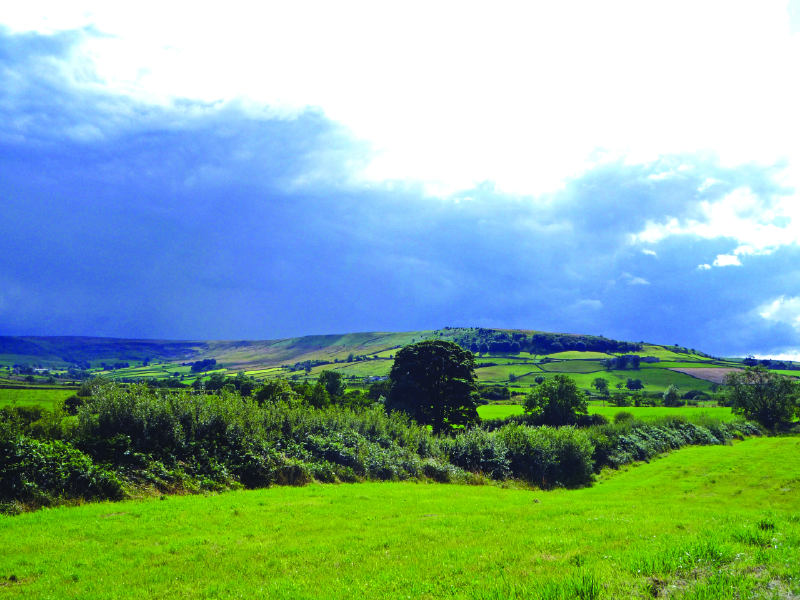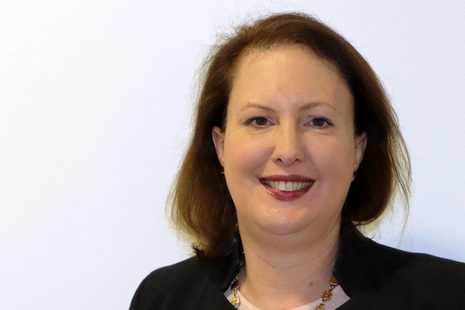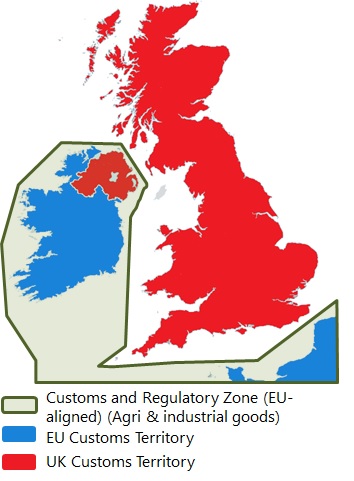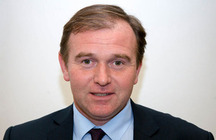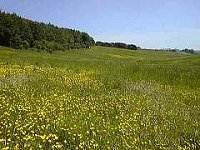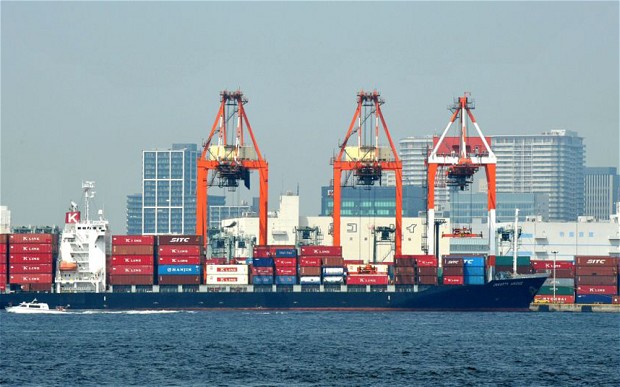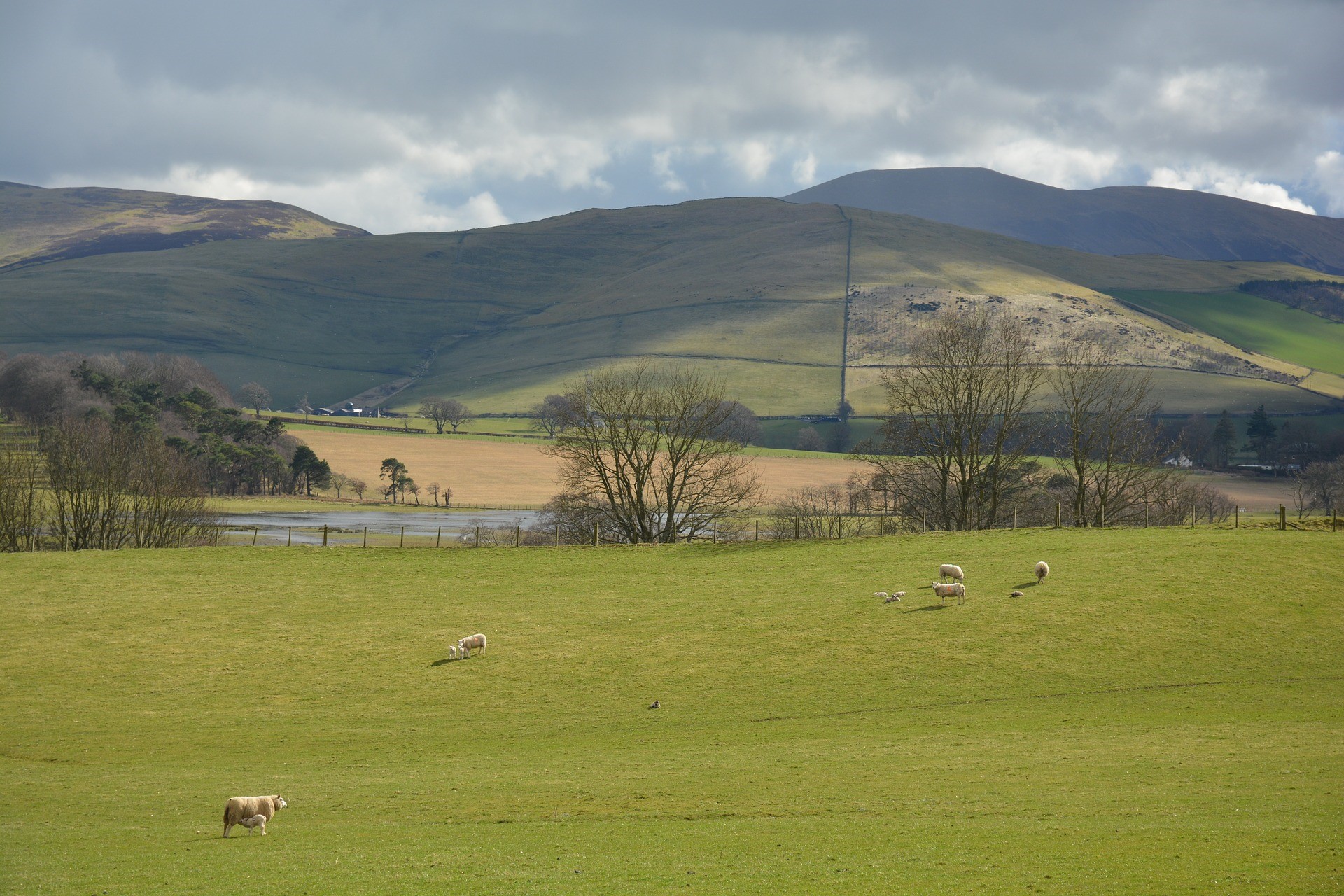Basic Payment Scheme
The 2020 BPS application window in England is expected to open online on 12th March, with those who still wish to make a paper claim receiving their application forms shortly after this date. The Land Use screen is already available for those who wish to check the information is correct ahead of their application, although it is perhaps worth noting the PLCD mapping update work is expected to continue until around 10th March. The 2020 Land Use codes are available on the Gov.UK website at: https://www.gov.uk/guidance/rural-payments-land-use-codes-2020?utm_source=09585430-cf3e-4460-9848-792520123f64&utm_medium=email&utm_campaign=govuk-notifications&utm_content=immediate
In Wales, the Single Application Form (SAF) 2020 will be available from 2nd March, guidance and information will be available online. A reminder that RPWales must be notified of the transfer and lease of entitlements by 30th April, for them to be used for a 2020 claim.
HLS One Year Extensions
Those in England who have accepted a one year extension to their HLS agreements need to be aware of the implications of ‘double funding’ and EFAs. Double funding is not allowed, which means it is not possible to be paid for the same activity twice, i.e under the BPS and under an agri-environment scheme. This affects 19 agri-environment options, where the management is the same as that required for Ecological Focus Areas (EFAs). However, all original HLS (and the underpinning ELS) agreements have been exempt from these rules, meaning that for the best part of 10 years agreement holders have not had to worry about this. But from 1st January 2019 new rules were introduced, this means where an HLS agreement is due to end in 2020 (and this can be any date in 2020) and a one year extension is accepted, the ban on double funding will apply to the extended agreement. In addition this applies to those whose agreements expired in 2019 and they have agreed a second year extension. This means, claimants will need to look at the location of their EFAs to ensure they do not overlap with the 19 affected agri-environment options. It is possible to have EFAs in the same parcel as the agri-environment options, but they must not overlap. Hedges are not one of the affected options. Information on the 19 options can be found at https://www.gov.uk/guidance/higher-level-stewardship-hls-2020-agreement-extension

